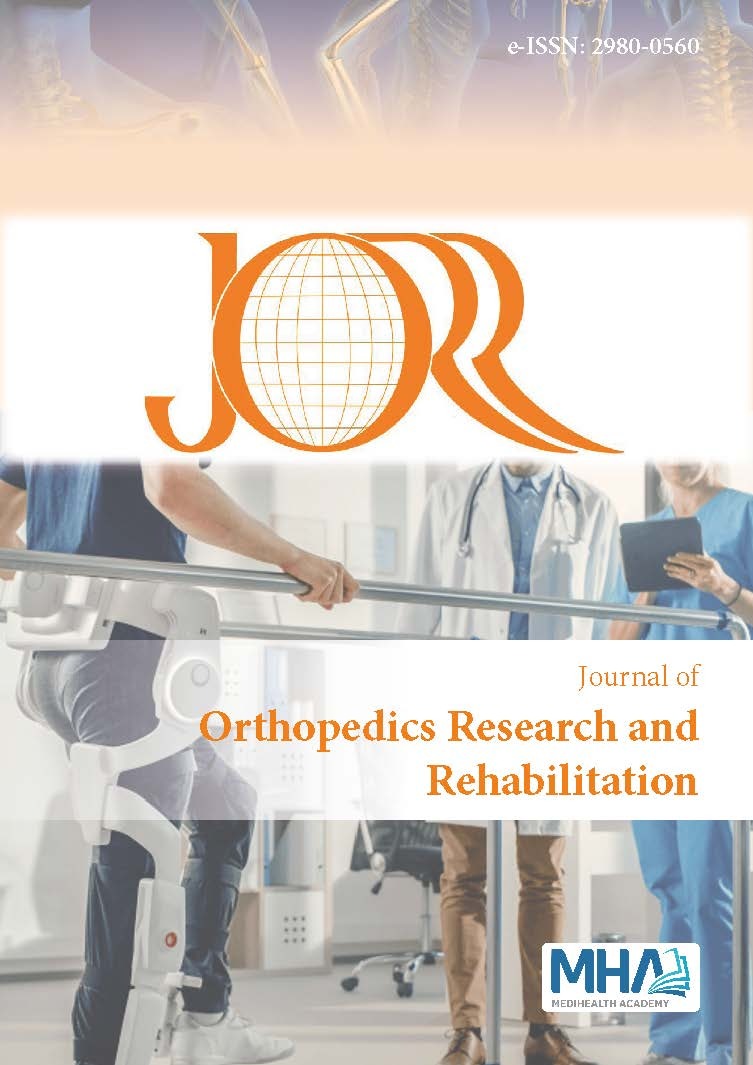1. Kaehler ST, Baumgartner H, Jeske M, et al. Prevalence ofhypovitaminosis D and folate deficiency in healthy youngfemale Austrian students in a health care profession. Eur J Nutr.2012;51(8):1021-1031.
2. Pérez-López FR, Brincat M, Erel CT, et al. EMAS position statement:vitamin D and postmenopausal health. Maturitas. 2012;71(1):83-88.
3. Gaugris S, Heaney RP, Boonen S, Kurth H, Bentkover JD, Sen SS.Vitamin D inadequacy among post-menopausal women: a systematicreview. Qjm. 2005;98(9):667-676.
4. Güzel R, Kozanoğlu E, Güler-Uysal F, Soyupak S, Sarpel T. VitaminD status and bone mineral density of veiled and unveiled Turkishwomen. J Women’s Health Gender-Based Med. 2001;10(8):765-770.
5. Vu LH, Whiteman DC, van der Pols JC, Kimlin MG, Neale RE. Serumvitamin D levels in office workers in a subtropical climate. PhotochemPhotobiol. 2011;87(3):714-720.
6. van Schoor N, de Jongh R, Lips P. Worldwide vitamin D status. In:Hewison M, Bouillon R, Giovannucci E, Goltzman D, Meyer MB,Welsh J. Feldman Pike’s Vitamin D. 5th ed. Academy Press: 2024:47-75.
7. Vogeser M. Quantification of circulating 25-hydroxyvitamin D byliquid chromatography-tandem mass spectrometry. J Steroid BiochemMolecul Biol. 2010;121(3-5):565-573.
8. Kıdır V. Cardiovascular and metabolic effects of vitamin D. J Clin ExpInvest. 2013;4(3):398-404.
9. Sözen T, Gogas Yavuz D, Akalın A. Metabolik Kemik HastalıklarıTanı Ve Tedavi Kılavuzu. Türkiye Endokrinoloji ve MetabolizmaDerneği. Galenos Yayınevi: 2018.
10. Wacker M, Holick MF. Vitamin D-effects on skeletal and extraskeletalhealth and the need for supplementation. Nutrients. 2013;5(1):111-148.
11. Mithal A, Wahl DA, Bonjour JP, et al. Global vitamin D status anddeterminants of hypovitaminosis D. Osteoporosis Int. 2009;20(11):1807-1820.
12. Kuroda T, Shiraki M, Tanaka S, Ohta H. Contributions of25-hydroxyvitamin D, co-morbidities and bone mass to mortality inJapanese postmenopausal women. Bone. 2009;44(1):168-172.
13. Hovsepian S, Amini M, Aminorroaya A, Amini P, Iraj B. Prevalence ofvitamin D deficiency among adult population of Isfahan City, Iran. JHealth Population Nutr. 2011;29(2):149.
14. Mansoor S, Habib A, Ghani F, et al. Prevalence and significance ofvitamin D deficiency and insufficiency among apparently healthyadults. Clin Biochem. 2010;43(18):1431-1435.
15. Hekimsoy Z, Dinç G, Kafesçiler S, et al. Vitamin D status among adultsin the Aegean region of Turkey. BMC Public Health. 2010;10(1):782.
16. Uçar F, Taşlıpınar MY, Soydaş AÖ, Özcan N. 25-OH vitamin D levelsin patients admitted to Ankara Etlik ihtisas training and researchhospital. Eur J Basic Med Sci. 2012;2(1):12-15.
17. Scharla SH. Prevalence of subclinical vitamin D deficiency in differentEuropean countries. Osteoporosis Int. 1998;8:S7-S12.
18. McCarthy, Jakobsen, Lamberg-Allardt, Kiely, Cashman. Seasonalchanges in vitamin D status and bone turnover in healthy Irishpostmenopausal women. Int J Vitamin Nutr Res. 2007;77(5):320-325.
19. Brot C, Vestergaard P, Kolthoff N, Gram J, Hermann AP, Sørensen OH.Vitamin D status and its adequacy in healthy Danish perimenopausalwomen: relationships to dietary intake, sun exposure and serumparathyroid hormone. Br J Nutr. 2001;86(S1):S97-S103.
20. Çidem M, Kara S, Sarı H, Özkaya M, Karaca İ. Yaygın kas-iskelet ağrısıolan hastalarda D vitamini eksikliği prevalansı ve risk faktörleri. J ClinExperiment Invest. 2013;4(4):488-491.

